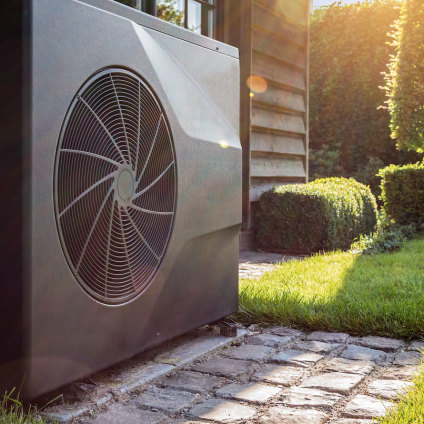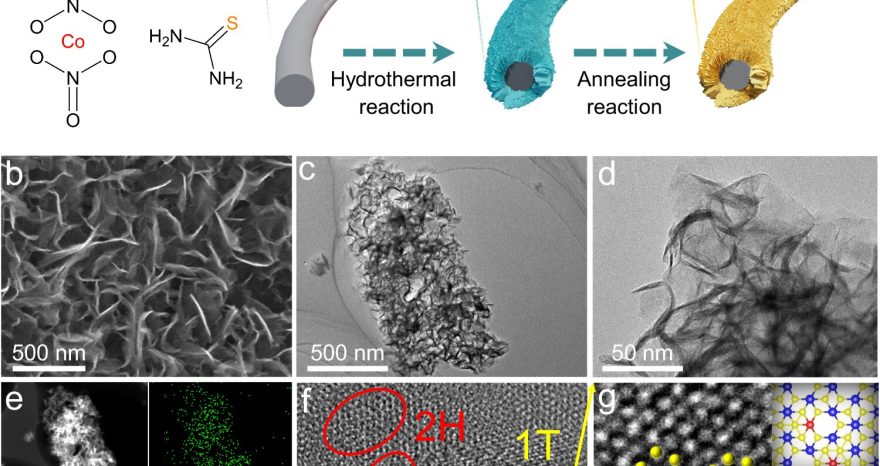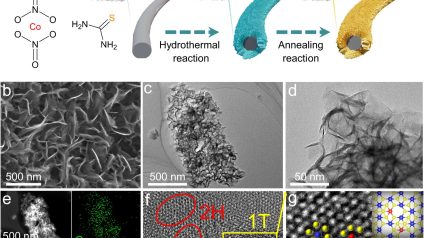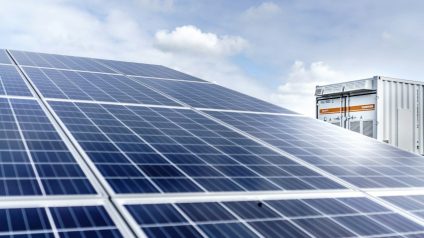In 2023 HVAC manufacturers have collectively announced more than 60 models of propane heat pumps, and another 20 have been added in the early months of 2024
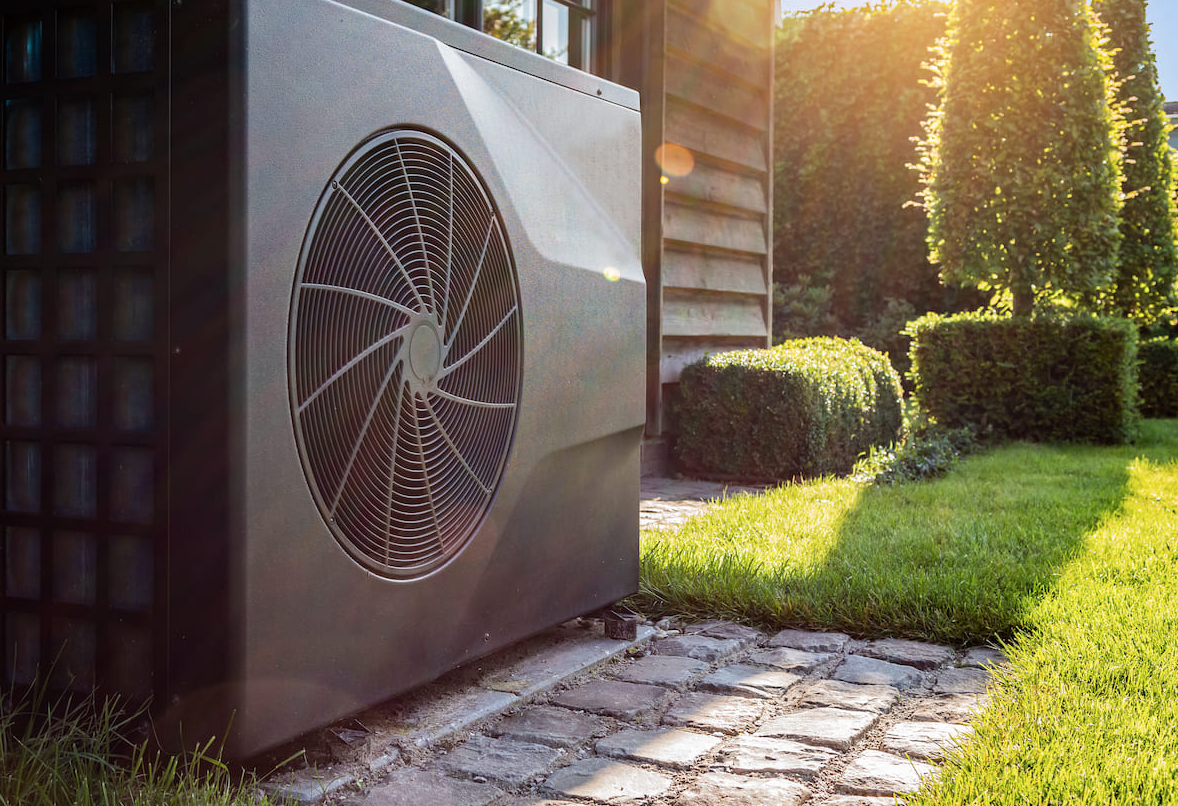
BNEF data for the market of propane heat pumps
The market share of propane heat pumps continues to grow, driven by macro trends in the industry and the new need to use more “eco-friendly” refrigerants. The figures are by BloombergNEF in a new report dedicated to the sector that crowns Europe as the first market for this technology. And the reason is simple. In 2024, the European Union banned hydrofluorocarbons as refrigerants for certain types and sizes of heat pumps.
The decision is part of the new rule package that has updated the regulation on fluorinated greenhouse gases and ozone-depleting substances. In detail, EU legislation today calls for gradually eliminating certain types of heat pumps and air conditioners containing fluorinated gases (HFCs) from 2027. And then move on to a complete stop by 2035.
The European market plays an early
The direction undertaken by the Bloc has led many European manufacturers in the heating, ventilation and air conditioning sector to move early on to propane heat pumps. To the point that in 2022, well before the final approval of the new regulations, 8% of heat pumps sales in the region were already models that used “natural” refrigerants such as propane. On the contrary, in the United States these devices are not yet on the market since the safety codes and standards have not been updated.
Propane heat pump, how it works
The system works more or less in the same way as traditional hydrofluorocarbon heat pumps. They are thermal machines that draw their energy for heating from environmental energy. In this case of course the cooling fluid is propane or R290, an economical and abundant gas, which can be easily liquefied by compression. It is preferred to hydrocarbons due to a lower “global warming potential” (GWP, to use the English acronym). This entry, in fact, indicates the effect of a greenhouse gas on the climate: The higher it is, the greater the climate impact. For comparison, CO2 has a GWP of 1, propane of 3 and hydrofluorocarbons have values above 200.
How safe are propane heat pumps?
However, special safety requirements must be observed to use propane heat pumps instead of traditional heating systems. Although non-toxic, this hydrocarbon is flammable and must be handled with care. That is why, in addition to high industrial attention, some studies in the field are working to reduce the quantities of R290 used in these machines.
For example, Fraunhofer ISE’s LC150 project developed a standardized refrigeration circuit with reduced refrigerant. The initiative has shown that a heating capacity of 7 to 10 kW can be achieved with less than 150 grams of propane.
Over 80 new models in less than two years
Returning to the BNEF report, the document reveals how the major HVAC manufacturers including Panasonic, Viessmann, Bosch and Aira have collectively announced more than 60 models of propane heat pumps in 2023 and more than 20 in the first six months of 2024. Meanwhile, spending on technology has reached $63 billion globally.
The sector, however, still faces resistance. “The high initial cost of heat pumps is an obstacle to adoption,” explains Stephanie Diaz, an analyst at BloombergNEF. “The experts who have spoken to BNEF disagree that propane heat pumps will be more or less expensive than their HFC counterparts. Their ability to provide higher output temperatures could, however, reduce the cost of insulation and other upgrades required for the retrofit, reducing installation costs.”


